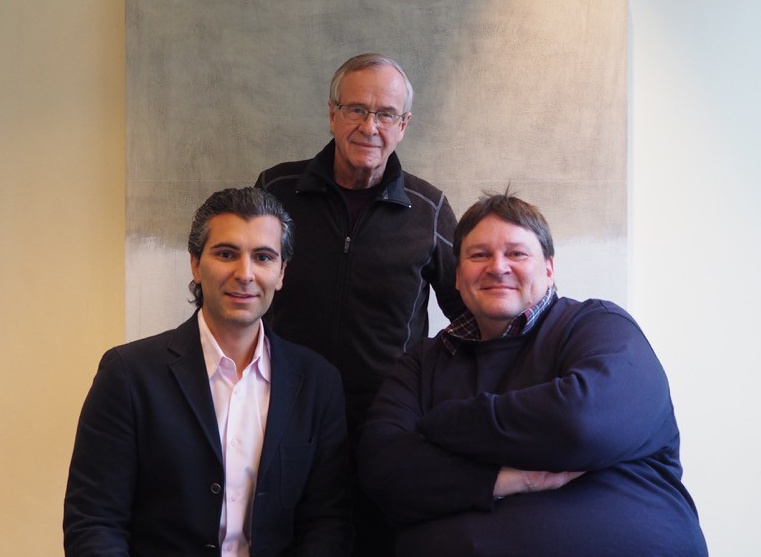|
Dear patient,
Dear website visitor,
Shoulder surgery has been booming in recent years, and many
surgeons and orthopaedists are now focusing more closely on
this joint. These days shoulder procedures are routinely performed
not just in America, but also increasingly here in Europe
as well, with good results.
Even until recently, shoulder procedures were generally
associated with poor results, and many patients worried about
being left with a permanent handicap after their operation.
While the treating surgeons or orthopaedists were themselves
fairly sceptical about the results reported in the literature,
the patients and their own doctors were unsettled and regarded
shoulder surgery as a last resort for resolving shoulder problems.
Following intensive basic research in anatomy, physiology
and pathology, scientists have in recent years increasingly
succeeded in defining clinical conditions, analysing their
development and course and deriving appropriate therapeutic
solutions, for example for injuries and disorders of the rotator
cuff, for shoulder instability and arthrosis.
Thanks to new, very expensive, but extremely precise investigation
techniques, the diagnosis of shoulder problems has been refined
to such an extent over the past few years that surgeons nowadays
rarely encounter major surprises during the actual operation.
Magnetic resonance imaging, or the MRI scan, now plays a key
role in shoulder diagnosis, as does diagnostic ultrasound
as a screening technique.
But all these complex and costly methods aside, normal and
competent physical examination by a doctor and standardised
x-ray investigations have lost none of their importance.
An experienced shoulder specialist can learn a lot just
by studying the history of the problem. Simply observing how
the patient dresses or undresses gives him valuable information
about the cause and location of the shoulder problem.
This fourth edition of my shoulder booklet is designed to
give you a better understanding of your shoulder condition.
I also hope that my explanation of the various therapeutic
measures will help you appreciate the need for prolonged rehabilitation
that most cases require.
Optimal cooperation between doctor, patient and physiotherapist
will pay direct dividends in terms of the improved rehabilitation
of your shoulder function.
Christoph Thür
|

